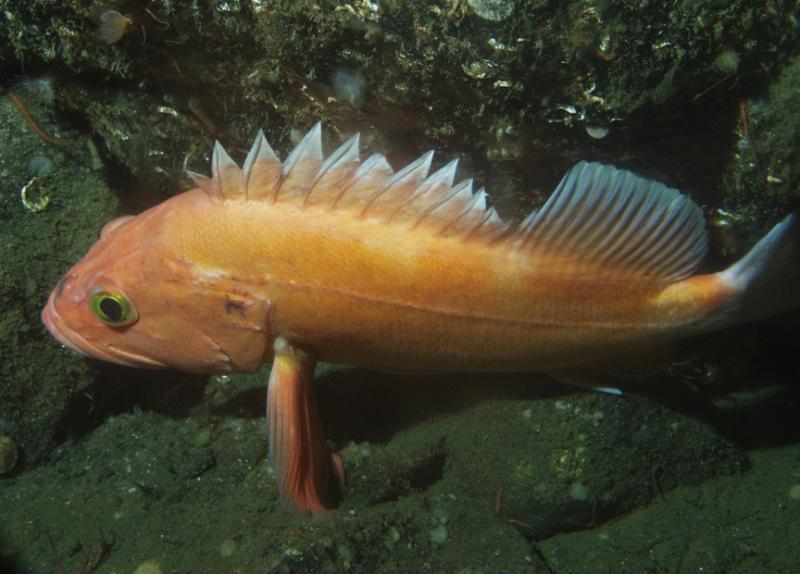In 2010, three species of rockfish in Puget Sound, WA were listed under the Endangered Species Act (ESA) and received additional protections to aid in their recovery. The decision was based on the best available science at the time. There remained considerable uncertainty whether these populations were distinct from populations found on the outer coast—a defining criteria for ESA listings.
NOAA Fisheries researchers set out to answer this question, using genetics to determine if these rockfish populations were distinct from outer coast populations. Population genetics is a powerful technique, but one that requires getting enough tissue samples to analyze. This is a challenge when the species are rare as was the case with these rockfish species. Overcoming this challenge led the researchers to a unique solution. The results were recently published in a special issue of the scientific journal Citizen Science: Theory and Practice.
Recreational fishermen know where to find fish. The researchers asked recreational fishermen for help identifying places where they used to fish for these threatened species of yelloweye and canary rockfish. The recreational fishermen jumped at the chance to share their knowledge and become citizen scientists. They supplemented information provided by the scientific research community and volunteered their expertise fishing in complex rocky habitats.
“Fishermen have the knowledge and expertise that allowed us to answer some really basic questions about these threatened rockfish species,” said Kelly Andrews, lead author of a new scientific paper and research fisheries biologist at NOAA’s Northwest Fisheries Science Center.
“The recreational fishing community and charter boat captains have been out on the water daily, sometimes for decades. They have a lot of built-up information about how fish populations are doing and where those species, especially rare species, are most likely to be found and captured,” said Andrews.
The results of the collaboration were impressive. When the researchers tapped into the fishing community’s knowledge, they tripled the number of sampling sites and doubled the number of ESA-listed rockfish tissue samples collected.



